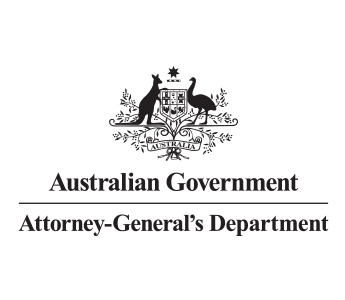Appendix B: Examples of measures to help safeguard against fraud and corruption
Table of contents
The below information provides potential solutions to reduce identified fraud and corruption risks and impacts (see Element 3). Please note that this is not an exhaustive list of options, and that the type of measure (or control) you may need to put in place would depend on the specific ways fraud and corruption could impact the policy or initiative. Find more information about control types.
Examples of measures
Situational characteristics or ‘nudges’ that encourage ethical and honest behaviour or influence desired choices or courses of action.
Examples include:
- Legislated transparency and oversight mechanisms
- Upfront Investment in deterrence messaging
- Declarations and acknowledgements
- Quality assurance checks
The steps involved to prevent the act of fraud from occurring in the first place.
Examples include policy and legislation which enables:
- Pre-filling data from a reliable source
- Conducting integrity or suitability checks
- Confirming and authenticating identity
Enabling early detection and early intervention to eliminate or reduce loss caused by an act of fraud.
Examples include rules that enable:
- Verification of information provided by an applicant
- Compliance or performance reviews
- Automatic notifications of high-risk transactions
Reducing the impact and severity of fraud that has already occurred.
Examples include:
- Investigative and information collection powers
- Appropriate and proportionate legislative sanctions – such as infringements and enforceable undertakings
- Criminal penalties.

